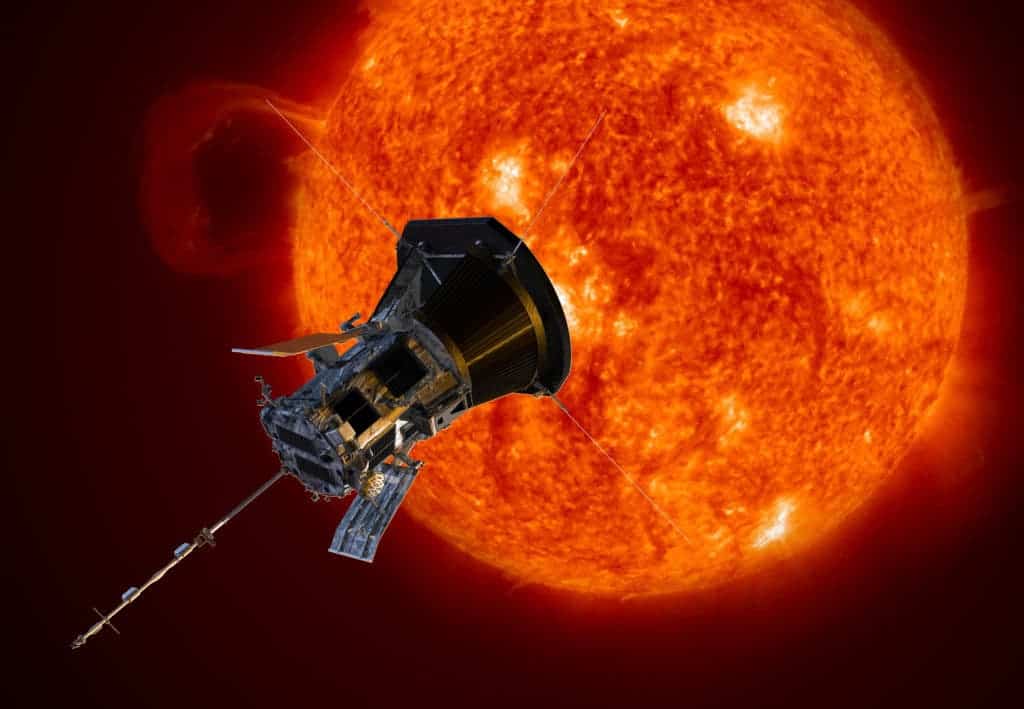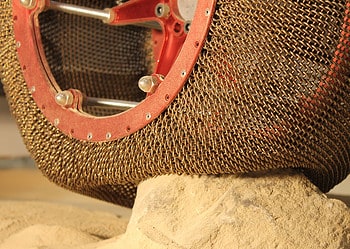
One of the most logically-baffling solar mysteries is the fact that the sun’s surface is close to 10,000 degrees Fahrenheit while its outer atmosphere is several million degrees hotter. The body of the heat’s source itself is cooler than the atmosphere surrounding the fireball — and that’s simply against the common sense of physics.
Some physicists think that the terrific, intense heat displayed in the outer limits of the sun’s atmosphere may be explained by magnetic waves traveling to and from the solar surface, bouncing off the upper atmosphere (otherwise known as the corona) of the star. Recent studies have suggested that this activity could be tied to the sun’s zone of preferential ion heating. In this zone, ions reach scorching temperatures exceeding those at the very core of the sun.
Another element which has a role to play in this outlying solar vortex are Alfven waves. These waves are low-frequency oscillations traveling through a plasma in a magnetic field. Scientists think that these waves are making solar wind particles to collide and ricochet off one another. But once it hits the outskirts of the zone of preferential heating, the solar wind sweeps by at an extremely fast pace. Thus, it manages to evade the Alfven waves from there on out.
Researchers at trying to definitively mark the extent to which the superheating effect reaches beyond the sun. Recent research has brought light to a connection between the Alfven point (the point of altitude beyond the solar surface that permits solar wind particles to break free of the sun) and the outskirts of the zone of preferential heating. These two fields have fluctuated in unison. They shall continue their dance, and in 2021, NASA’s Parker Solar Probe, christened in honor of physicist Eugene Parker, should come in contact with the two boundaries.
The spacecraft includes instruments capable of recording a number of significant data pertaining to those solar fields. The information it would collect in some two years to come would be invaluable in this particular study.
The Parker Solar Probe was launched in August 2018. It made its second successful fly-by of our sun in early April with the follow-up perihelion (the point at which it gets closest to the sun) scheduled to occur on September 1. Visit NASA’s page on the Parker Solar Probe to learn more about it and its mission. To learn of interesting updates, check out the website of Parker Solar Probe Science Gateway.






